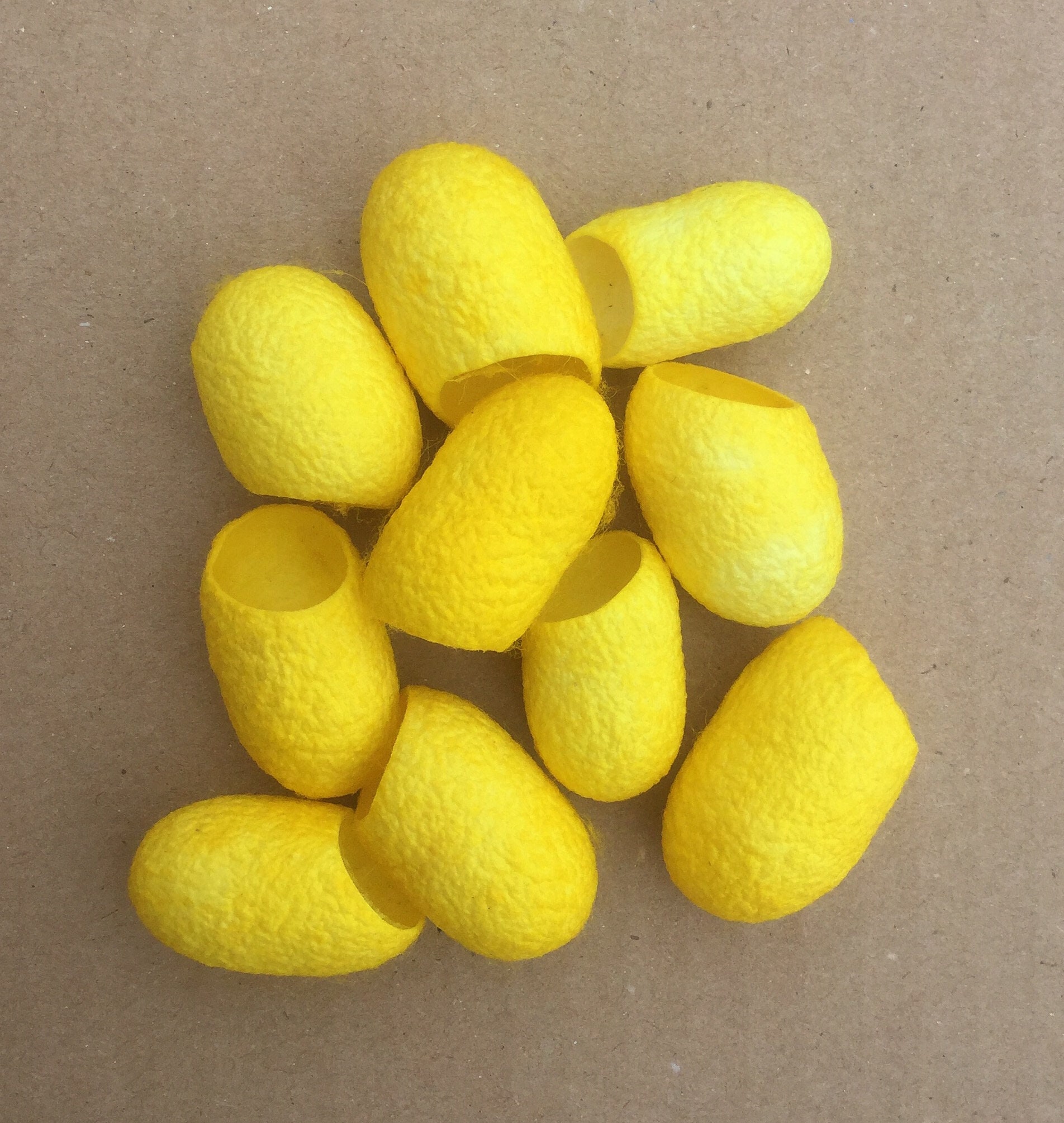
Before silk reeling, it needs to be selected and adjusted to make it a raw material with similar cocoon quality and capable of reeling batches of raw silk. The raw cocoons for silk reeling production are all dried from fresh cocoons into suitable dry cocoons, and divided into Zhuangkou (referring to the amount of cocoons collected by a cocoon station) according to different origins, seasons and varieties. Divided into spring cocoons, summer cocoons, early autumn cocoons, mid-autumn cocoons and late autumn cocoons according to the cocoon shape can be divided into oval cocoons, waist cocoons, spindle cocoons, torreya cocoons, spherical cocoons according to the color can be divided into white cocoons Cocoons, yellow cocoons, red cocoons, green cocoons according to the quality of cocoons can be divided into upper cocoons, secondary cocoons and lower cocoons according to the dryness of the cocoons can be divided into fresh cocoons, semi-dry cocoons and suitable dry cocoons.

The silkworm cocoons are classified according to the variety system, which can be divided into Chinese variety system cocoons, Japanese variety system cocoons and European variety system cocoons according to chemical nature, they can be divided into 1 chemical cocoon, 2 chemical cocoon, and polychemical cocoon according to the cocoon production season.

The fiber is thin and messy and cannot be reeled the cocoon shell in the cocoon coat, commonly known as the cocoon layer, has a dense and uniform structure, and is the part used for silk reeling the innermost cocoon layer The layer is a very thin layer with weak fibers and difficult to reel, called the pupa liner in the cocoon cavity formed by the cocoon layer, there are pupa and molting (the skin that the silkworm takes off when the pupa is formed). The cocoon coat is a loose and spongy cocoon silk that is hidden on the surface of the cocoon. Silkworm cocoons are composed of cocoon coat, cocoon layer, pupa body and molting. The cocoons of other silkworms are often distinguished by the names of silkworms, such as tussah cocoons, castor cocoons, and celestial silkworm cocoons.


Silkworm cocoon is the general name of mulberry silkworm cocoon, also referred to as cocoon. It is formed by spinning silkworm to reel raw silk.


 0 kommentar(er)
0 kommentar(er)
